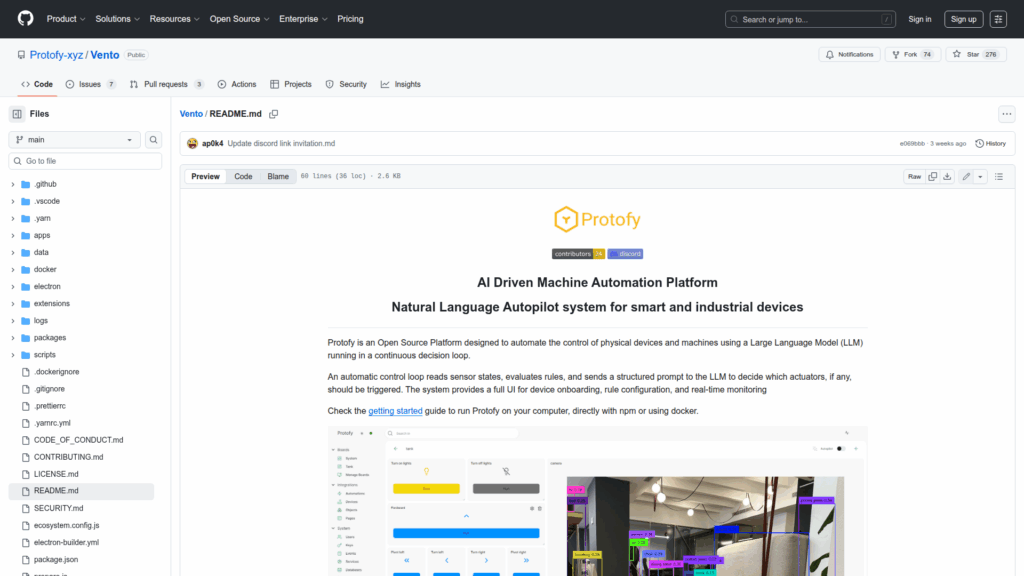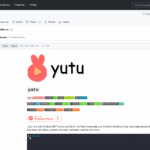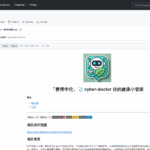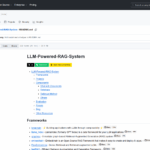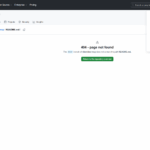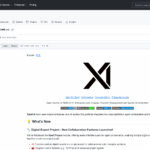Basic Information
Vento is an open source platform for automating the control of physical devices and machines using a Large Language Model running in a continuous decision loop. The system reads sensor states, evaluates user-configured rules, and sends structured prompts to the LLM to decide which actuators to trigger. It provides a full web UI for device onboarding, rule configuration, real-time monitoring and visual programming through a node-based interface. The project targets smart and industrial devices and includes tools to program, deploy and manage connected devices, with explicit support for ESP32 devices via ESPHome. Installation and local deployment instructions are provided for npm or Docker. The README also highlights AI-assisted features for rule creation and context/prompt management and points users to a Discord community and a LICENSE file.

